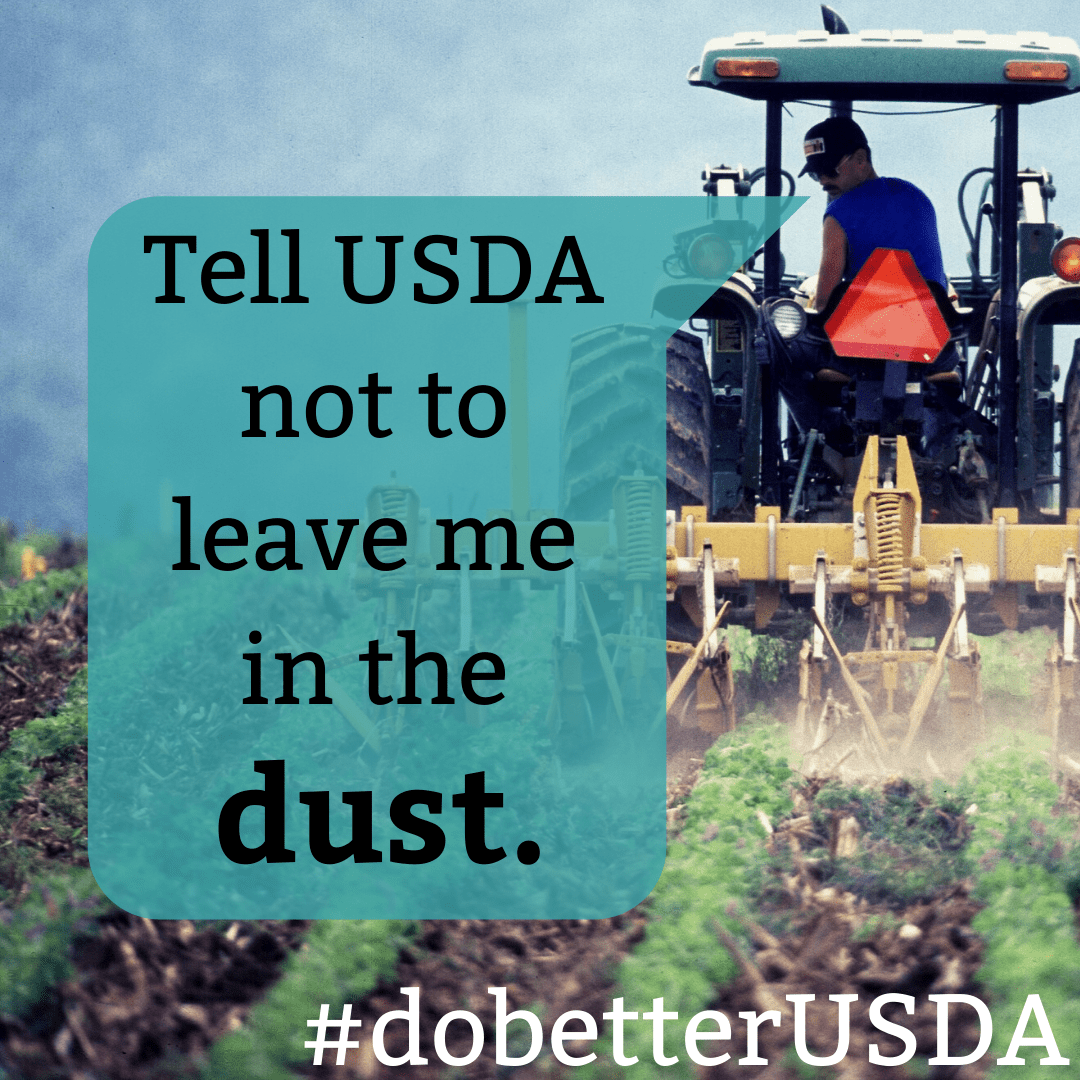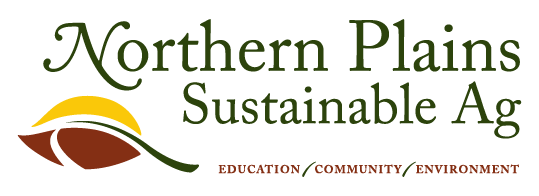
USDA Pandemic Aid for Farmers: Action Toolkit
Prepared by the National Sustainable Agriculture Coalition Grassroots Team
The situation: USDA is preparing to distribute $16 billion in direct aid to farmers and ranchers who have experienced financial losses due to the COVID-19 pandemic. Applications for the program, called the Coronavirus Food Assistance Program (CFAP), will be open in early May – but the program as currently designed will leave out thousands of farmers. These are unprecedented times – now is the time to urge USDA to fix problems with the program so aid can get to all who need it.
The problem: USDA’s aid program may leave folks out. It isn’t set up to account for farmers who sell into local/regional markets, diversified farmers, or organic farmers, it doesn’t have a thorough outreach plan or reserved funding for underserved producers (including farmers of color), it doesn’t reflect realistic timelines for farmers’ losses or their increased expenses in addition to their losses, and it isn’t set up to focus aid on independent, family-scale producers who need help (instead of large corporate operations). USDA has not yet released full details on their program – so now is the time to ask questions and speak up to ensure the program works for all farmers in need of aid.
What we can do:
- We can share stories that show who is missing from the program and at risk of being left out
- We can ask questions to highlight issues, concerns, and gaps in information about the program
- We can demand that USDA do better for farmers and ranchers and share solutions
How we can do it:
- Farmers: you can share stories on social media – along with asks – and tag USDA!
- Farmers: you can call your county FSA office to register your concerns and ask questions
- Farmer allies: you can amplify farmers’ stories and publicly stand with farmers at risk of being left out of USDA aid
What we’re asking USDA to change:
- Provide payments to farmers selling into local/regional channels who have lost markets
- Conduct a thorough outreach program to reach all farmers and reserve funding for underserved producers, including farmers of color
- Focus funding toward family farms, not corporate middlemen
Links:
- NSAC Action Page: https://sustainableagriculture.net/take-action/
- FSA County Office Directory: https://offices.sc.egov.usda.gov/locator/app
- USDA Press Release (official source of program details thus far): https://www.usda.gov/media/press-releases/2020/04/17/usda-announces-coronavirus-food-assistance-program
FARMERS – Telling Your Story
Social Media Samples, Hashtags, and Handles
The most effective thing you can do is share your own story in your own voice – with photos. Most importantly – speak up about the impacts you are seeing, the market losses you are experiencing, the innovating you are doing, and why it’s important that USDA supports farmers like you. You don’t need to have all the answers – just be willing to speak up in your own words! Your own stories, photos, and questions are most important – as is tagging USDA! Here’s a guide to get you started:
Hashtag to use: #dobetterUSDA, #plant2020 (it’s planting season, and USDA is closely following spring planting across the country with the hashtag #plant2020. Has your planting been affected by the pandemic? Use this hashtag too!)
Handles to tag: USDA is @USDA on Facebook and Twitter. Tag your Congressional representative and Senators too! You can look them up here: https://www.govtrack.us
Twitter sample –
Hey @USDA – [your farm] needs #coronavirus aid – I’m worried you will leave us out. This is a photo of [your fields, your crops, etc – what does the photo illustrate?]. [Sample Qs you can use: How can diversified farmers show their losses? How can organic farmers qualify at organic prices? What about farmers whose losses came after April 16? How will you ensure equitable aid to farmers of color? etc] We need you to #dobetterUSDA!
Facebook sample –
Hey @USDA – my farm has experienced major financial losses due to #coronavirus, but I’m looking for information and your farmer aid program doesn’t seem to include funds for farmers like me. This is a photo of [your fields, your crops, etc] – [share your story here – how has your farm been impacted and what does the photo illustrate?]. [Sample Qs you can use: How can diversified farmers show their losses? How can organic farmers qualify at organic prices? What about farmers whose losses came after April 16? How will you ensure equitable aid to farmers of color? How can this program help me? etc]. We need you to #dobetterUSDA!
Call Scripts and Guidance for Calling USDA FSA Offices
We recommend that farmers who feel comfortable doing so reach out to their FSA offices to ask questions about the Coronavirus Food Assistance Program. This will provide farmers an early opportunity to receive information on the program as it becomes available. It will also elevate for USDA concerns about how this program will work for small-scale, diversified, and direct-market farmers.
Basic instructions –
- Look up your county office via the FSA County Office Directory: https://offices.sc.egov.usda.gov/locator/app
- Give them a call!
- Introduce yourself, your farm, what you do
- Let them know you’re calling about the new USDA Coronavirus Food Assistance Program$16 billion in farmer aid and that you have some questions about your eligibility
- Keep us posted about what you hear! Send news you learn from your FSA office to alerts@sustainableagriculture.net
Example questions to consider when you call your FSA county office –
- I hear there is aid money available for small farmers who sell at farmers markets and directly to schools and local restaurants which have been impacted by the pandemic. Do you have any information about how to apply for that?
- Do I need to have any sort of documentation of my sales or losses? How do I show the pandemic’s impact on my business? [If you are a diversified grower – I grow and sell X varieties of crops and am able to capture a price premium for them. How can I ensure this is reflected in my aid?]
- Is there a way to get support if I am still able to sell my crops but my costs of production, marketing, and delivery have increased because of changing protocols? (Increasing home delivery, paying staff for added time sanitizing, additional safety equipment/PPE, etc.)
- Will I qualify for this program if most of my farm income comes later in the year?
- How will USDA handle payments to diversified farmers who don’t produce just one commodity? [Share a little bit about what you grow / raise]
- How can I prove my losses and price information as a certified organic farmer?
